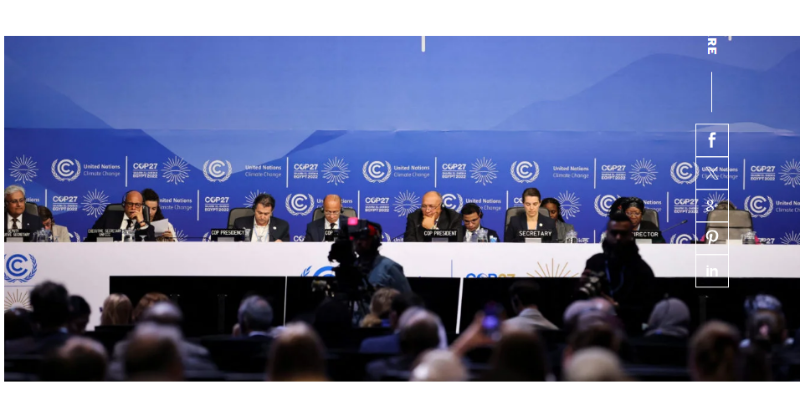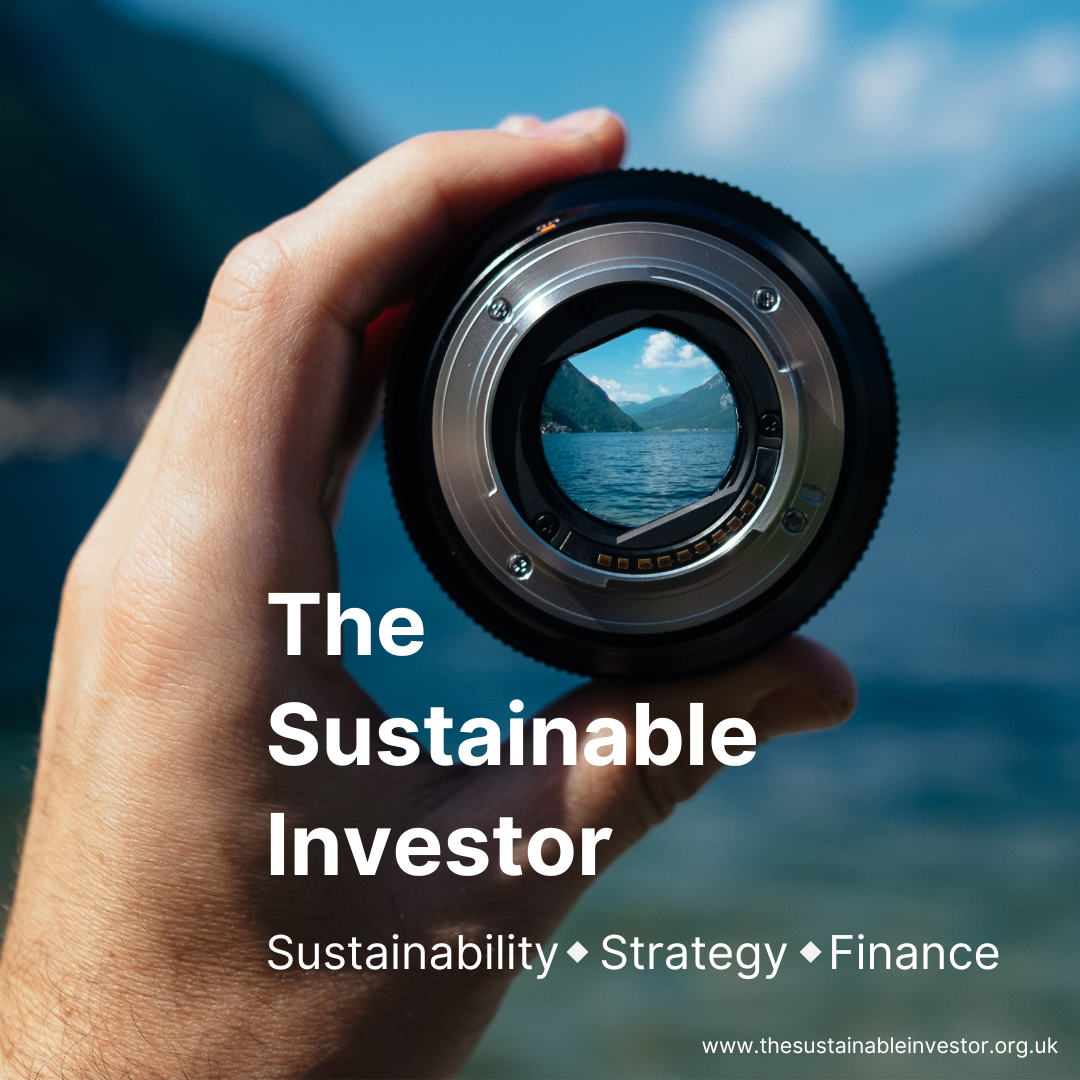
Sunday Brunch: Yes vs No questions
If we want companies to change, then we should start with simple 'yes' questions and work up to the 'Big Yes', our end objective. Don't start by demanding changes they will find it easy to say no to.
“As we make multiple small commitments, sometimes referred to as micro-commitments, we’re more likely to make a larger commitment later on. That larger commitment could be something which we may not have originally considered making.― Robert Cialdini in 'Influence: The Psychology for Persuasion.'
I am frequently reminded about the parallels between activist investing and sales. A lot of people think activism is about 'forcing change' in a company, often via special AGM resolutions or seeking board seats. And while this is important, I would argue that more progress is made by working in the background, by persuading companies to change. Convincing them that the change is best for the long term future of the company, and for management.
And it's the same for driving real sustainability related action. Find common ground.
One approach that is well known in sales circles is the 'yes ladder', an idea most associated with Robert Cialdini. The process starts by getting potential clients to say yes to a series of questions that start out trivial (where they are practically guaranteed to say yes) and become less so as you ask each question. Each subsequent “yes” they respond with makes them more likely to comply with the next, bigger ask.
Obviously, this is more than just a verbal trick. You don't fool companies into saying yes to sustainability changes. But, what you can do over time is to build a case, starting with easy wins and working up to more important issues. Don't get me wrong, it's time consuming. You need to do an enormous amount of preparatory work. But it's much better than starting with a question or demand that they find it easy to say no to.

How to Prime Prospects with the "Yes" Ladder
I am always a bit reluctant to highlight sales tools and techniques that also work for activists and sustainability professionals. Largely this is because many of the sales examples used are a bit trite and simplistic. And while the simple tools might work in some sales situations, it's often hard to see how they work in the complex world of companies and sustainability. Getting someone to agree to a free quote for double glazing, is very different from getting a company to change it's strategy.

But many of the basic principles do translate to our world.
- Identifying the end outcome you want. What some sales people call the 'Big Yes'. As the article points out:
Whatever the "Big Yes" is, it's crucial you know what it is before you enter into a conversation with your prospects. After all, you can't steer the ship to the right destination if you have no idea where you're supposed to go.
- Make sure your Big Yes is achievable. There is little point is having an end objective that is not deliverable. In my experience companies will largely only act if it makes financial sense for them to do so.
This doesn't mean that you have to only focus on short term financial gain. Despite what many analysts say, companies (and the financial markets) are not 'too short term focused'. The financial value of a company is something that comes from actions in the future, often years out in the future. What can appear to outsiders as the market responding to short term news, is often investors adjusting their long term expectations to include the impact of new short term news.
This is something we covered in a long blog back in January of this year ...

And remember what are known as intangible assets (brands, workforce skills and commitment, reputation etc) are the most important driver of long term financial value for many companies. How customers, workers and the wider society think about a company is really important to that company.

- Build your case from a position of knowledge and trust - one yes at a time
This is really two points tied up in one. The first one is that trust is important in persuading a company to change. They have to believe that you have 'done your homework' on their business and that you are acting in their best long term interests. This is not something you can fake. And it takes a lot of work.
The second point is how you get to your end objective. Just as with the Yes Ladder in sales, you cannot start with a complex restructuring plan that the company can easily reject. Start with small changes that are easier to agree to and gradually build up the jigsaw.
The application to activism
For instance, you would probably not start by proposing to a retailer that they close down all of their stores and move fully to online, even if you believe that this is the best end outcome.
You might start by discussing (actually discussing, not telling) the economics of some types of locations (say high street vs out of town), and work from that to explore alternative uses for that property.
For there you could start to discuss if the stores could maybe be used as click and collect centres, then moving onto the customers typical 'purchase journey', and then adding in a discussion about the role of physical stores in the process. From there you could move on to discussing what investment might be needed to expand their online activities, warehouses, stock and order systems etc.
From there it's a short step to your end objective The big yes, but broken down into manageable topics that it's easy to say yes to.
One last thought to leave you with.
You have hopefully spotted that this process involves a lot of listening and questions, and a lot less talking and telling. But the questions need to be very specific, and at least in part illustrate just how much you have thought about the issues involved. There is no substitute for the hard work of preparation.
Something a little more bespoke?
Get in touch if there is a particular topic you would like us to write on. Just for you.
Contact us
Please read: important legal stuff.



